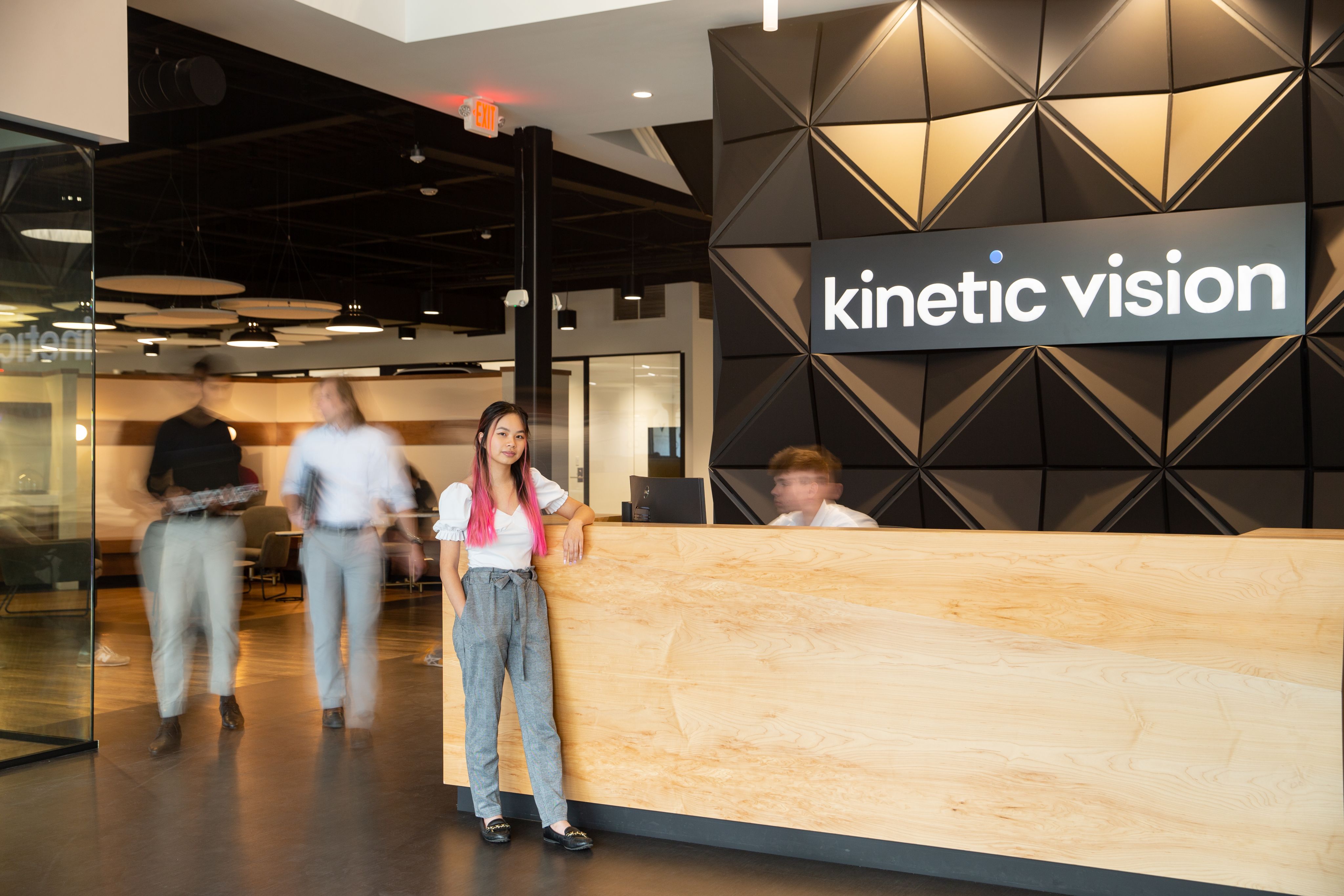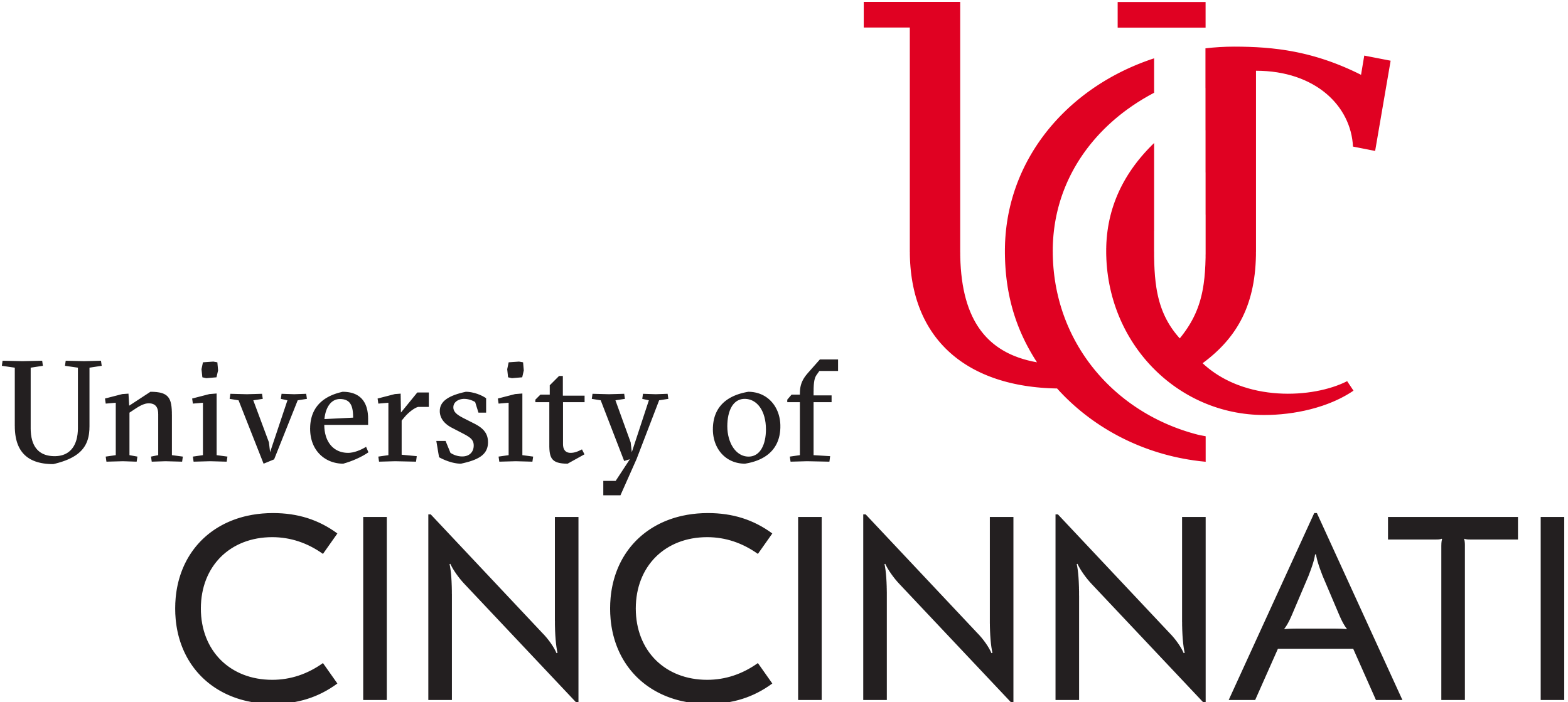Co-op
Will Save Higher Ed

Co-op
Will Save Higher Ed

Higher education isn’t just experiencing the existential crisis of the decade; we’re in a freefall. We’re feeling the operational strain as we balance on our long-anticipated population cliff. Budgets are tight. The general public’s nuanced and contradictory perceptions of higher ed are informing policy.
In the race to recruit students, innovate curricula, and disrupt the conventional characteristics of academia before we’re discontinued altogether, we are deploying parachute after parachute to stay relevant and are still falling.
Below we outline three mindset shifts for how higher ed can break our freefall and help us land in a better place:

Higher education isn’t just experiencing the existential crisis of the decade; we’re in a freefall. We’re feeling the operational strain as we balance on our long-anticipated population cliff. Budgets are tight. The general public’s nuanced and contradictory perceptions of higher ed are informing policy.
In the race to recruit students, innovate curricula, and disrupt the conventional characteristics of academia before we’re discontinued altogether, we are deploying parachute after parachute to stay relevant and are still falling.
Below we outline three mindset shifts for how higher ed can break our freefall and help us land in a better place:
1. Focus on the outcomes beyond the degree
College is about so much more than the degree — your university’s admissions materials say so. It’s about the experience, the friendships, the opportunities for exploration and growth. But what about the outcomes that demonstrate educational return on investment?
Push beyond the experiential aspects of your institution to measure and analyze the outcomes beyond the degree, such as:
- Earnings while in school: Dollars earned in a given semester while a student pursues relevant work experience, or collective earnings in a given semester or academic year.
- Career readiness: Job offer and placement rates at graduation and three to six months afterwards.
- Competitive edge: Metrics like promotion rates, advanced role attainment, or income growth from one to five years after graduation.
UC students earn $10,700
per semester on average
Capturing these metrics requires strategic investment in staffing and infrastructure. And the practice alone of capturing, analyzing, and socializing data is not enough. The most successful institutions have a culture of capturing, analyzing, and socializing data that helps build accountability and momentum through achievements and incremental improvements.

2. Prioritize employer relationships to build a strong network
How many “front doors” does your institution have? From the employer’s point of view, recruiters across many departments interacting with multiple academic units who have different expectations or processes creates a fragmented experience. How do these fits and starts result in inefficiencies and inconsistencies?
UC has a network of
1,800+ employers
Prioritizing employer relationship development pays off. Consistent and positive interactions retain existing partners and cultivate an organic referral network. When challenges arise — which they always do — the goodwill developed will lead to constructive dialogue and problem solving.

3. Innovate, then scale what works
Do course learning objectives align with the latest job outlook survey calls to action? Are the more structured, rigid approaches to cooperative education limiting what’s possible?
Rules are meant to be broken. Buck tradition and encourage faculty and staff to expand their view of what paid professional work experiences look like for both the student and the employer. Infuse the realities of work into the curriculum. Challenge assumptions. Consider how your university can customize curriculum to award credit for relevant, paid work experiences – providing traditional and non-traditional students with opportunities to thrive in the workforce and progress toward degree completion while earning an income. You don’t know until you experiment, gather feedback, and continually improve.
Knowing when and how to innovate requires similar strategic investment and intention as measurement and relationship development. If you can’t change everything about your career support and employer relations operations in one academic year, how can you phase improvements and socialize wins? What funding can you secure from donors who are enthused about helping your institution remain economically relevant and advancing student career outcomes? How are you connecting all potential front doors to your university, so that employer partners recruit and hire your students and complete the loop by sending alumni back to remain engaged and strengthen pathways?
Higher ed’s freefall into an uncertain future has a solid landing in co-op. We invite you to join our efforts in positioning higher ed as a critical partner for developing our global workforce.


The University of Cincinnati: Founder of co-op, leader in
co-op
At the University of Cincinnati, we believe that learning is doing and doing is learning. It’s in our DNA.
Cincinnati has the oldest and largest employer program in the nation.
Cooperative education was invented at UC. In 1906, engineering dean Herman Schneider began requiring students to alternate between taking classes and working in the field. He would later become president of the university, with his co-op concept serving as a universal model.
Today, UC boasts one of the largest co-op programs in the U.S., with a unique interdisciplinary integration into curriculum and flexible approach. Our classroom extends to nearly every corner of the globe, from co-ops at Fortune 500 companies such as GE Aviation, Disney, Toyota, Kroger, Procter & Gamble, and many more to trailblazing experiences in places like China, Morocco, and South America.
|
Amazon |
Apple |
|
|---|---|---|
|
Intel |
Meta |
Microsoft |
|
NASA |
Nike |
P&G |
We continue to innovate all aspects of experience-based learning, which encompasses not only co-ops but internships, service learning, virtual co-ops, community projects, and industry partnerships. This dedication to innovation is embedded in our student experience through the Bearcat Promise. This is our commitment to students, providing them with the people, tools, and experiences to help them complete a degree and prepare for professional life after graduation.
The UC Co-op program transforms students into confident professionals, forging essential talent networks for employers and enriching our global economy. With nearly 1,800 co-op employers and over 350,000 alumni, we’re not just anticipating the future — we're actively creating it. In the 2023-24 academic year, more than 8,300 students earned an estimated $88.8 million collectively through paid co-op experiences, according to self-reported data, and on average $10,700 earned per student per semester.
Join us in saving higher ed through co-op.

The University of Cincinnati: Founder of co-op, leader in
co-op
At the University of Cincinnati, we believe that learning is doing and doing is learning. It’s in our DNA.
Cincinnati has the oldest and largest employer program in the nation.
Cooperative education was invented at UC. In 1906, engineering dean Herman Schneider began requiring students to alternate between taking classes and working in the field. He would later become president of the university, with his co-op concept serving as a universal model.
Today, UC boasts one of the largest co-op programs in the U.S., with a unique interdisciplinary integration into curriculum and flexible approach. Our classroom extends to nearly every corner of the globe, from co-ops at Fortune 500 companies such as GE Aviation, Disney, Toyota, Kroger, Procter & Gamble, and many more to trailblazing experiences in places like China, Morocco, and South America.
|
Amazon |
Apple |
|
|
Intel |
Meta |
Microsoft |
|
NASA |
Nike |
P&G |
We continue to innovate all aspects of experience-based learning, which encompasses not only co-ops but internships, service learning, virtual co-ops, community projects, and industry partnerships. This dedication to innovation is embedded in our student experience through the Bearcat Promise. This is our commitment to students, providing them with the people, tools, and experiences to help them complete a degree and prepare for professional life after graduation.
The UC Co-op program transforms students into confident professionals, forging essential talent networks for employers and enriching our global economy. With nearly 1,800 co-op employers and over 350,000 alumni, we’re not just anticipating the future — we're actively creating it. In the 2023-24 academic year, more than 8,300 students earned an estimated $88.8 million collectively through paid co-op experiences, according to self-reported data, and on average $10,700 earned per student per semester.
Join us in saving higher ed through co-op.
For more information about the power of co-op and the University of Cincinnati:
About University of Cincinnati
Founded in 1819, the University of Cincinnati ranks among the nation’s best urban public research universities. Home to 53,235 students, 12,000 faculty and staff, and 350,000+ living alumni, UC, a Carnegie 1 institution, combines research prowess with a physical setting The New York Times has called “the most ambitious campus design program in the country." UC's momentum has never been stronger as the anchor of the Cincinnati Innovation District, the oldest cooperative education program in the country with students earning a collective $88.8 million annually through paid experiences, an academic health system, and as a member of the Big 12 Conference. The university contributes $10.6 billion in economic impact to the city of Cincinnati and $23.7 billion to the state of Ohio.

About University of Cincinnati
Founded in 1819, the University of Cincinnati ranks among the nation’s best urban public research universities. Home to 53,235 students, 12,000 faculty and staff, and 350,000+ living alumni, UC, a Carnegie 1 institution, combines research prowess with a physical setting The New York Times has called “the most ambitious campus design program in the country." UC's momentum has never been stronger as the anchor of the Cincinnati Innovation District, the oldest cooperative education program in the country with students earning a collective $88.8 million annually through paid experiences, an academic health system, and as a member of the Big 12 Conference. The university contributes $10.6 billion in economic impact to the city of Cincinnati and $23.7 billion to the state of Ohio.
This content was paid for and created by the University of Cincinnati. The editorial staff of The Chronicle had no role in its preparation. Find out more about paid content.

























